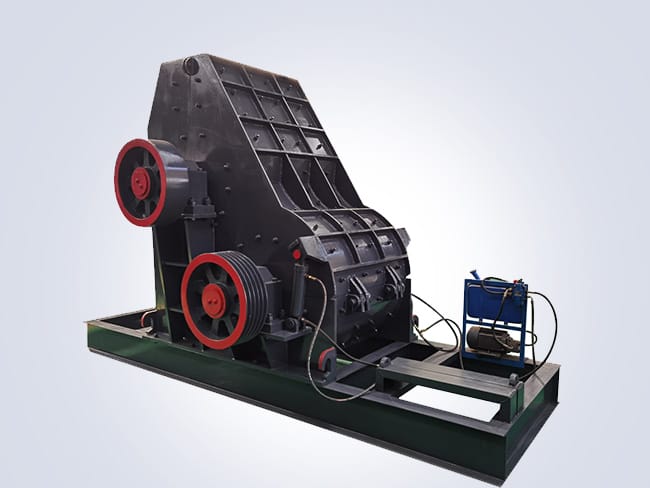
In today’s world swept by a wave of infrastructure construction, as the core equipment for producing sand and gravel aggregates, sand-making machines are reshaping the industry landscape with their efficient and intelligent performance. This device, integrating mechanical mechanics and materials science, transforms ordinary stones into construction sand with rounded particle shapes and reasonable gradation through composite actions such as impacting, squeezing, and grinding, becoming a “golden partner” for materials like concrete and asphalt. Sand-Making Machine: The “Transformer” in Sand and Gravel Aggregate Production Modern sand-making machines have broken through the limitations of traditional equipment, forming a pattern where multiple technological routes coexist. Vertical shaft impact crushers achieve high production capacity based on the “stone-on-stone” principle, with an hourly output of up to 500 tons. Mobile sand-making stations integrate crushing, screening, and conveying functions, enabling them to operate while relocating with construction projects. VSI sand-making machines, through their deep-cavity rotor design, precisely control the fineness modulus of the finished sand within the range of 2.6 to 3.0. More notably, intelligent control systems have become standard features. By monitoring parameters such as main shaft speed and feed rate in real time, these systems automatically adjust the operating state, ensuring the quality of […]
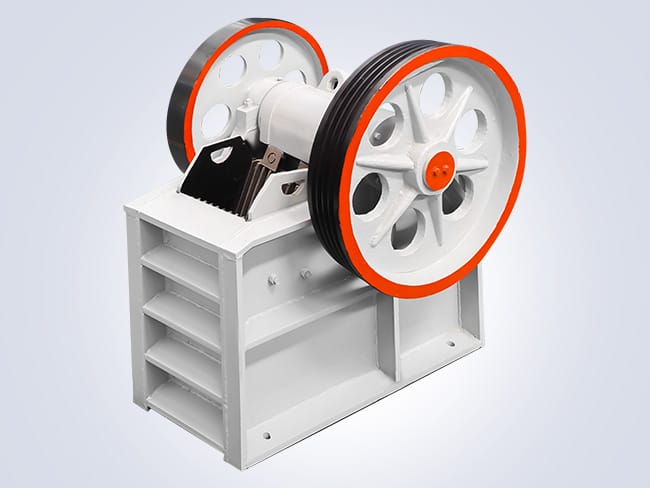
In the crushing operations of numerous industries such as mining, construction, and chemical engineering. The jaw crusher is undoubtedly a “vanguard powerhouse”. With its powerful crushing capacity and reliable performance, it has become the preferred equipment for the coarse crushing stage of materials. Jaw Crusher: A “Vanguard Tool” for Mining Crushing The working principle of the jaw crusher is ingenious and efficient. Through the periodic movement of the movable jaw plate, it forms a squeezing and grinding action with the fixed jaw plate, gradually breaking large pieces of material into smaller ones. This unique crushing method enables it to easily handle materials of various hardness, such as ores and rocks. Whether it is hard iron ore or brittle limestone. It can be effectively crushed. Its structure is simple yet robust and durable. Major components like the frame and jaw plates are made of high-strength materials, enabling them to withstand immense crushing forces. This reduces equipment failures and maintenance frequency, significantly improving production efficiency. Moreover, the equipment is easy to operate, with relatively low technical requirements for operators, thereby lowering labor costs. In today’s era of increasingly stringent environmental requirements, this equipment is also continuously being upgraded and improved. By optimizing […]
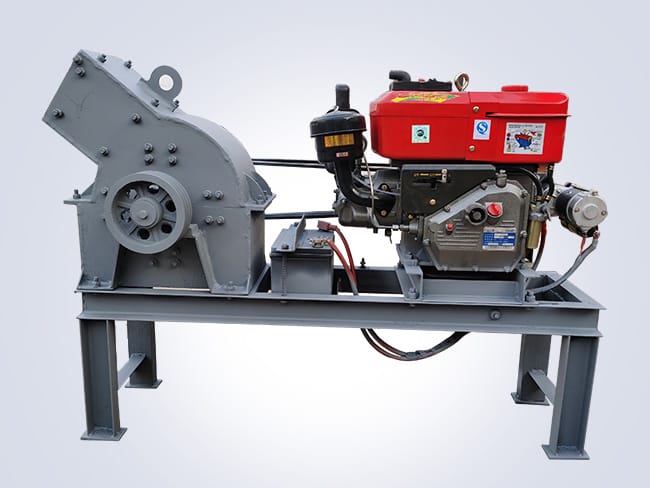
As a key crushing device in industries such as mining and building materials. The hammer crusher is highly favored for its efficient and flexible crushing performance. Its core working principle lies in impacting materials through high-speed rotating hammers, combined with the synergistic effect of liners and sieves, to achieve material crushing and classification. Hammer Crusher: Core Equipment for Efficient Crushing After the equipment is started. The motor drives the rotor to operate at high speed, and the hammers gain enormous kinetic energy along with the rotor. When bulk materials enter the crushing chamber, they are subjected to violent impact, shearing. And grinding by the hammers. The materials are crushed into small pieces under the action of impact force. Those with qualified particle size are discharged through the sieve. While unqualified particles remain in the chamber for further impact until they meet the discharge requirements. This integrated “impact-grinding” crushing method enables the equipment to exhibit outstanding efficiency in processing medium and low-hardness materials such as limestone, gangue, and shale. The hammer crusher boasts advantages including a compact structure, easy operation, and a large crushing ratio (ranging from 10 to 40 for a single unit). It can significantly reduce crushing stages and […]
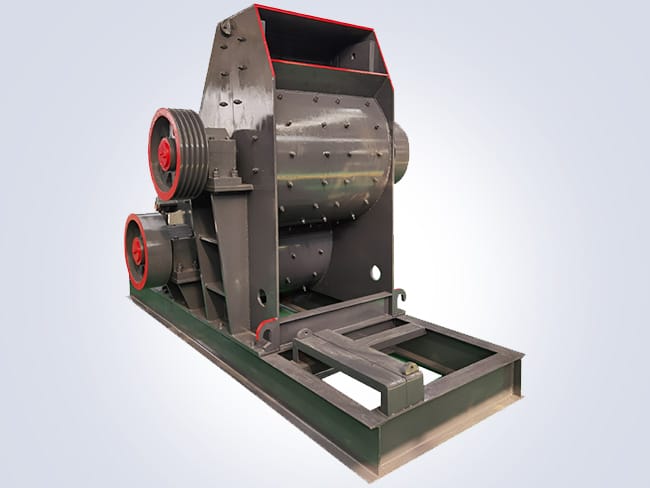
As the core equipment in manufactured sand production, sand making machines play an irreplaceable role in construction materials, road and bridge construction, and other fields. With the depletion of natural sand resources and the tightening of environmental policies, high-efficiency and energy-saving sand making machines have become an urgent demand in the industry. Sand Making Machines: Reshaping the New Pattern of Manufactured Sand Production from Mines to Construction Sites Modern sand making machines integrate a variety of innovative technologies. For example, the dual-cavity rotor design of the ZS series allows a maximum feed size of 100mm, doubling that of traditional equipment, with a sand production rate as high as 50-60%. The single-motor drive technology reduces energy consumption by more than 50%, with a power cost of only about 1 yuan per ton, significantly lowering production costs. It integrates sand making, shaping, and mixed sand-gravel output functions. When combined with a jaw crusher, it can simplify the production process, truly realizing multi-functional operation with one machine. In terms of durability, the high-chromium alloy protection blocks and modular rotor design reduce the wear of vulnerable parts by more than 50%, significantly extending the service life. The electric hydraulic cover-lifting system shortens maintenance time […]

In the crushing operations of industries such as mining, construction, and metallurgy, the jaw crusher serves as a mainstay. It is like an indefatigable steel warrior, utilizing its powerful crushing capability to pulverize large chunks of ore or materials. Jaw Crusher: The “Steel Behemoth” in Mining Crushing The working principle of a jaw crusher is simple yet ingenious. It is mainly composed of components such as a moving jaw, a fixed jaw, and an eccentric shaft. During operation, the eccentric shaft drives the moving jaw to perform periodic swinging motions. When the moving jaw approaches the fixed jaw, materials within the crushing chamber formed by the two are subjected to compression, splitting, and bending forces, thereby achieving crushing. When the moving jaw moves away from the fixed jaw, the crushed materials are discharged through the discharge port. Its advantages are quite remarkable. It has a simple and reliable structure, facilitating easy maintenance. Even in the event of a malfunction, it can be swiftly repaired, minimizing downtime. With a large crushing ratio, it can crush large chunks of materials into smaller particle sizes in one go, reducing the pressure on subsequent crushing processes. Moreover, it has a wide range of applications, […]
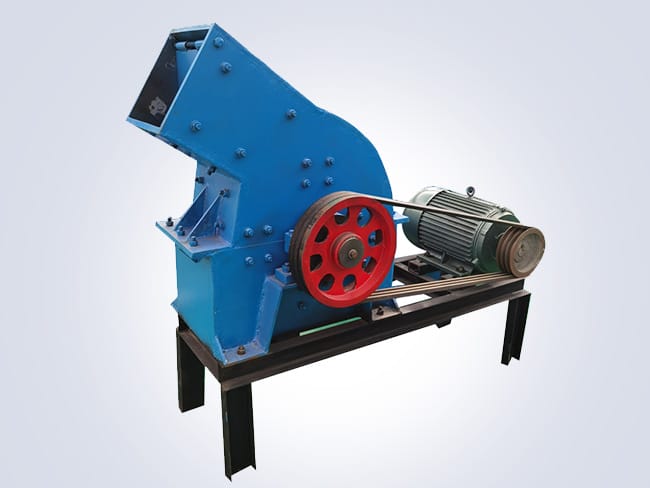
In industries such as mining, cement, and building materials. the crushing of materials is the primary step in the production process. The hammer crusher, known for its simple structure, high crushing ratio, and production efficiency, serves as the core equipment for crushing operations involving materials of medium hardness and below. It is hailed as the “crushing expert” in the industry. Hammer Crusher: The “Crushing Expert” in the Mining and Building Materials Industries The core working principle of the hammer crusher is impact crushing. Inside its main chamber, a high-speed rotating rotor drives hinged hammers to deliver powerful impacts on the fed materials, causing them to break instantaneously. Simultaneously, larger particles are thrown by the hammers against the liner plates within the chamber for further impact breakage. Qualified materials smaller than the gaps of the grate bars are then discharged, thus completing the entire crushing process. The equipment features an ingenious structural design, primarily composed of the housing, rotor, hammers, impact liner plates, and grate bars. Among these, the hammers are the main wearable parts. and their wear resistance directly affects the service life and operating costs of the equipment. Thanks to its outstanding performance. the hammer crusher is widely used […]
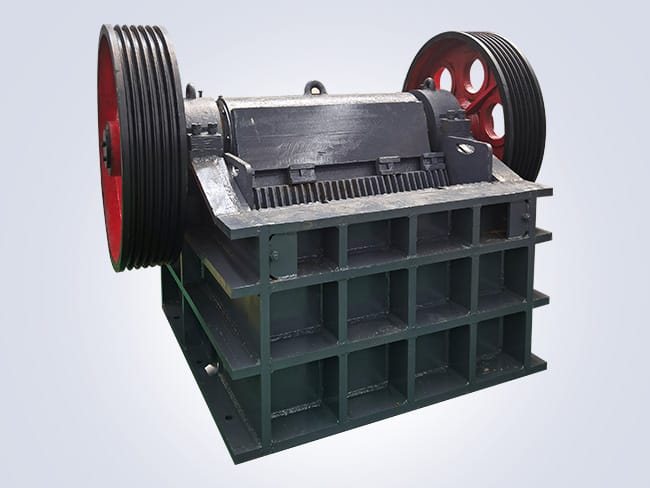
As a “primary crushing tool” in the industrial sector, the jaw crusher has become an indispensable core equipment in many industries due to its simple structure, large crushing ratio and high compressive strength. In the field of mineral development, it is a key process in ore processing. It can crush raw ore of tens of centimeters or even hundreds of meters into small materials suitable for subsequent processing, laying the foundation for the separation and grinding of non-ferrous metals, ferrous metals and non-metallic minerals, and directly affecting the utilization rate and mining efficiency of mineral resources. Jaw Crusher: The “Crushing Expert” in the Industrial Field In the construction and building materials industry, the jaw crusher undertakes the core task of aggregate preparation. It can crush natural stone materials such as granite, limestone and pebbles into sand and gravel aggregates that meet construction standards, which are widely used in concrete mixing, road paving, bridge construction and other projects. The crushed aggregates have uniform particles and qualified strength, which are the key premise for ensuring project quality. In addition, in the field of environmental protection recycling and solid waste treatment, it can crush solid wastes such as construction waste and metallurgical slag […]
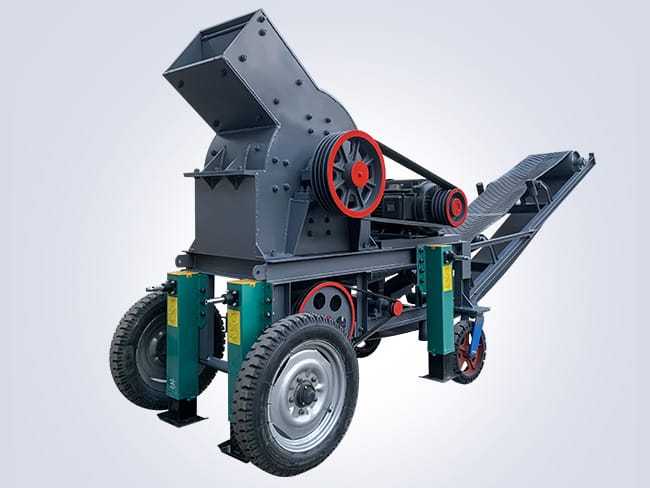
As a core crushing equipment in the industrial field, the hammer crusher plays an irreplaceable role in multiple industries with its high efficiency and flexibility. In the mining industry, it serves as the “first checkpoint” for ore crushing, capable of crushing large ore into the required particle size in one go. It replaces the traditional multi-stage crushing process, reduces energy consumption by more than 30%, and significantly improves the efficiency of subsequent mineral processing. In the fields of building materials and infrastructure, it can accurately process materials such as limestone and granite. The uniform particles produced can be directly used for concrete mixing and highway paving, helping large-scale projects shorten the construction period by 50%. Hammer Crusher: The Core Support in Industrial Crushing Field In the field of environmental protection and recycling, it is a key equipment for resource circulation. It can crush construction waste, gangue, waste household appliances, etc., converting waste into renewable resources. This not only reduces environmental pollution but also lowers reliance on raw materials. In industries such as coal and chemical engineering, it has obvious advantages in crushing brittle and wet materials. It can avoid adhesion and blockage, ensure continuous production, and increase processing efficiency by […]

Amid the wave of infrastructure construction and resource development, the sand-making machine, as the core equipment for the production of sand and gravel aggregates, is playing an indispensable role. By employing efficient crushing, shaping, and screening technologies, it transforms natural stones or construction waste into manufactured sand that meets engineering standards, providing key raw materials for fields such as concrete production, asphalt paving, and road construction. Sand-Making Machine: The “Sand and Gravel Sculptor” of Modern Industry The core value of the sand-making machine lies in its ability to “turn waste into treasure” and achieve “precise control.” On the one hand, it can process waste materials such as mine tailings and construction debris into recycled sand and gravel, significantly reducing resource consumption and environmental pollution. On the other hand, by adjusting equipment parameters, it can precisely control the particle size distribution, shape, and powder content of the sand, meeting the stringent quality requirements for sand and gravel in various engineering projects. For instance, in high-rise building construction, high-quality manufactured sand can enhance concrete strength; in hydraulic engineering projects, its favorable particle size distribution can improve impermeability. With the integration of intelligent technologies, modern sand-making machines have achieved automated production and remote […]

As the core crushing equipment in industries such as mining, building materials, and chemical engineering. The jaw crusher has become the “mainstay” in the coarse crushing stage of materials due to its simple structure, strong adaptability, and large crushing ratio. Its working principle involves the periodic squeezing between the movable jaw plate and the fixed jaw plate to break large pieces of material into particle sizes suitable for subsequent processing, thereby providing standardized raw materials for the downstream sectors of the industrial chain. Jaw Crusher: Efficient Empowerment of a Cornerstone Equipment Across Multiple Industries In the mining sector, the jaw crusher serves as the first processing checkpoint after ore extraction. Whether it is iron ore, copper ore, or non-metallic ores, it can efficiently accomplish the coarse crushing task, ensuring uniform particle size of the materials and reducing energy consumption for subsequent processes such as medium and fine crushing, and grinding. In the building materials industry, raw materials like limestone and gypsum. After being pre-processed by this equipment, can significantly enhance the production efficiency of cement, concrete, and other products. Additionally, in fields such as chemical raw material preparation and construction waste recycling. The equipment adapts to different material characteristics through […]
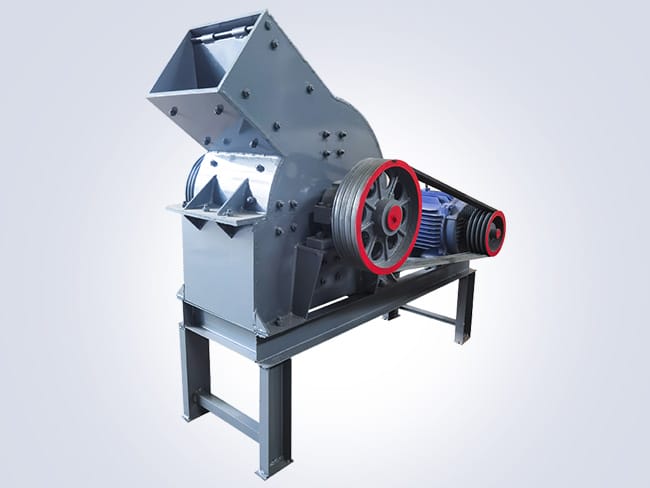
In the material crushing processes of numerous industries such as mining, building materials, and chemicals, hammer crushers play a a crucial role. Hammer Crusher: A Competent Assistant in Mining Crushing A hammer crusher is mainly composed of components such as a rotor, hammer heads, and liners. Its working principle is simple yet efficient. An electric motor drives the rotor to rotate at high speed. After materials enter the crushing chamber, they are crushed by the impact of the high-speed rotating hammer heads. The crushed materials gain kinetic energy and rush towards the liners at high speed for further crushing. Meanwhile, the materials also collide with each other, achieving multiple crushing stages. Eventually, they reach the required particle size and are discharged from the outlet. It boasts numerous significant advantages. With a large crushing ratio, it can crush large pieces of material into smaller particles in one go. Simplifying the crushing process and enhancing production efficiency. Its relatively simple structure makes maintenance convenient. When wear-prone parts like hammer heads are worn out, they can be quickly replaced, reducing downtime. Moreover, it has a wide range of applications, effectively crushing not only brittle materials such as limestone and coal but also medium-hard […]

The sand making machine is a key piece of equipment in modern sand and gravel aggregate production, widely applied in fields such as construction, transportation, and water conservancy. Its core function is to crush and shape natural stones or construction waste, transforming them into manufactured sand that meets engineering standards. This effectively alleviates the shortage of natural sand resources and promotes the development of green building materials. Sand Making Machine: The Core Equipment for Sand and Gravel Aggregate Production The working principles of sand making machines generally fall into two modes: “stone-on-stone” and “stone-on-iron”. In the “stone-on-stone” mode, materials are broken through high-speed collisions among themselves, resulting in rounded finished particles. In the “stone-on-iron” mode, a hammerhead is used for impact, offering higher efficiency. Modern sand making machines incorporate intelligent control technology. Enabling real-time parameter adjustments to ensure uniform particle size of the discharged material. Additionally, they are equipped with dust removal devices, significantly reducing dust pollution and meeting environmental protection requirements. The advantages of sand making machines are remarkable. Firstly, they are highly efficient, with a single machine capable of producing hundreds of tons per hour, meeting the demands of large-scale production. Secondly, they exhibit strong adaptability, capable of […]